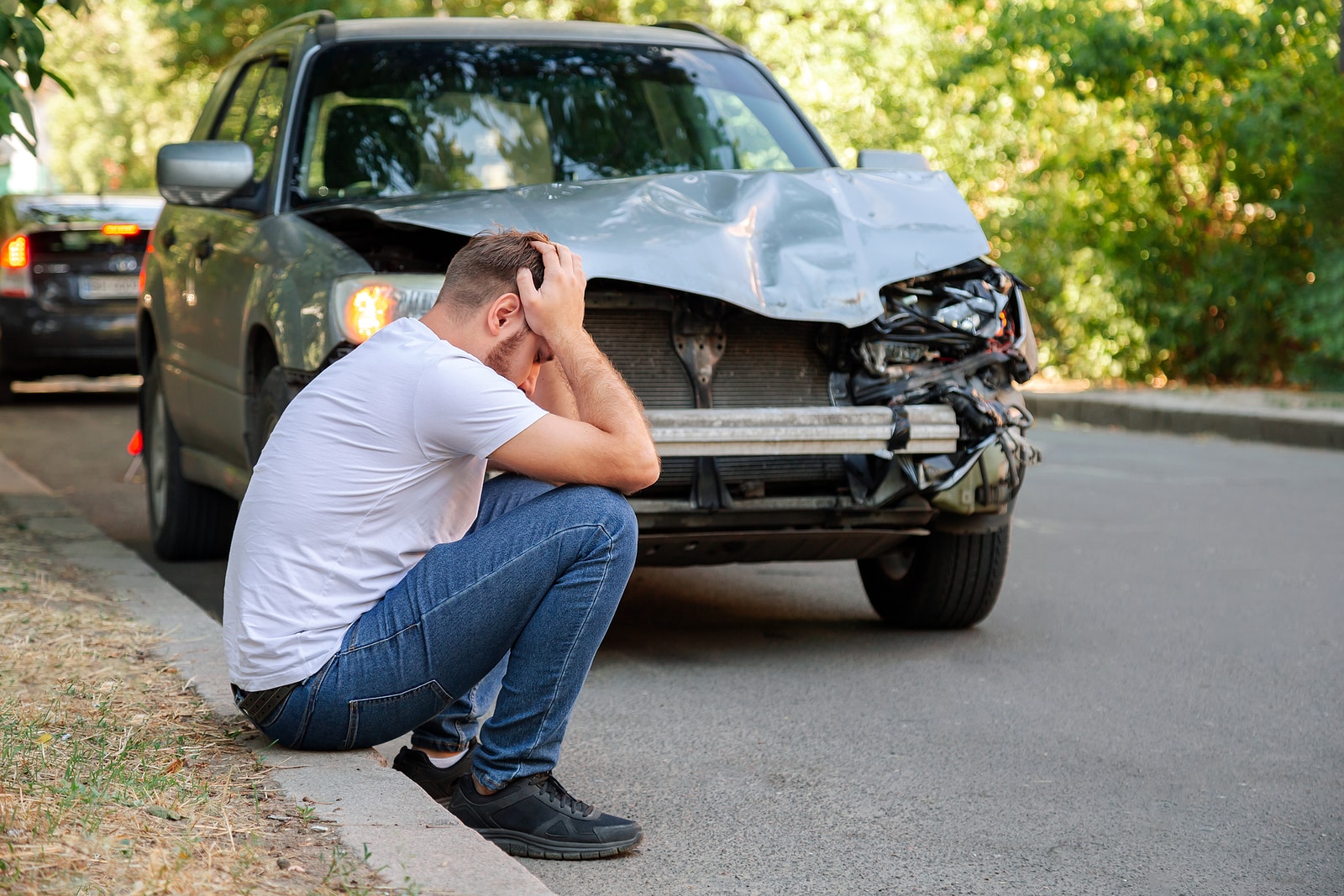Is California an At-Fault State?
Some states are ‘no-fault’ states for accidents, while others are ‘at-fault’ or ‘tort’ states. In a no-fault state, car drivers are required to carry personal injury protection (PIP) coverage to pay for their medical bills following an accident. California is an at-fault state, meaning that the party determined to be at fault for a car accident shall be responsible for paying for damages and losses suffered in the accident.
California’s at-fault understanding of the law extends to other types of personal injury cases as well. If someone’s negligence, recklessness, or malice caused an accident, then the liable party will be responsible for supplying compensation for your economic and non-economic damages. This is true whether you or a loved one were harmed in a car collision, a trip-and-fall accident, a premises liability accident, or any other type of personal injury case.
Several factors may determine what your case is worth, including whether you were in any way at fault for the accident yourself. To learn more about your case and your legal options going forward, please schedule a free consultation with our law firm.
What is ‘Comparative Fault?’
Comparative fault determines the degree to which each individual party involved in an accident shall be considered responsible for causing the accident. In an accident that involves two parties, the courts may determine that one party is 70% to blame for the accident while the other party has 30% of the liability. In accidents involving three or more parties, the fault may be even more divided up – or perhaps not. Perhaps one party holds 90% of the responsibility for an accident – or all of the responsibility.
Under the comparative fault concept, the percentage of liability for the accident determines how much each party stands to recover in compensation. In California, the law allows for at-fault parties to recover compensation for their injuries, too, provided that they were not the only ones at fault for the accident.

It is essential that all parties comprehend how comparative fault works in California in order to understand their responsibilities and vulnerabilities in a personal injury case. To ensure you understand your own liability, please contact our legal team for a free case review.
What is the Difference Between Pure and Modified Comparative Negligence?
In ‘pure’ comparative fault states, an injured party may still recover a settlement for their injuries even if they were partially at fault for the accident. Even if an individual was 99% at fault for an accident, they would still stand to recover damages worth 1% of the court-determined settlement amount.
There are currently a dozen states that operate under the pure comparative negligence system for financial recovery following an accident. These states include Alaska, Arizona, California, Florida, Kentucky, Louisiana, Mississippi, Missouri, New Mexico, New York, Rhode Island, and the state of Washington.
Certain other states operate under a modified comparative negligence understanding of personal injury law. While those in pure comparative fault states like California are allowed to seek compensation if they are up to 99% responsible for an accident, those in modified comparative fault states must meet a different threshold of liability.
There are two different thresholds typically employed in modified comparative negligence states: a 50% threshold and a 51% threshold.

In states with a 50% rule, an individual cannot collect damages if they are 50% or more responsible for causing an accident. States that operate by the 50% barrier for accountability include Arkansas, Colorado, Georgia, Idaho, Kansas, Maine, Nebraska, North Dakota, Tennessee, and Utah.
Similarly, those in states with a 51% rule can only recover damages if they were responsible for 50% or less of the accident’s negligence. Once they hit the 51% threshold, the at-fault party cannot hope to recover financial compensation for their injuries or damages. States that operate by the 51% modified comparative negligence rule include but are not exclusive to Connecticut, Delaware, Hawaii, Illinois, Nevada, Texas, and Wisconsin.
What is ‘Contributory Negligence?’
States that operate by the ‘contributory negligence’ concept of personal injury law completely bar accident victims from recovering compensation if they were remotely at fault for causing the accident. That means that if the court finds you were just 1% responsible for an accident, you cannot hope to recover compensation for your personal damages and losses.

The contributory fault rule is considered harsh and unfair by today’s standards. Only a small handful of states operate under the pure contributory negligence understanding of the law – those states include Alabama, Maryland, North Carolina, and Virginia – and there is pressure for those states to change their laws to become fairer and more understanding to accident victims.
Schedule a Free Case Evaluation with Experienced Personal Injury Lawyers Today
Under the pure comparative fault version of personal injury law, anyone partially accountable for an accident can still hope to recover compensation for damages like medical bills, lost wages, and property damage.
If you or a loved one were impacted by someone else’s negligence or recklessness in an accident, you deserve the right to pursue justice and compensation. V&A Law Firm has years of dedicated experience helping clients deal with troublesome insurance companies, contentious opposing counsels, and difficult negotiations. We pride ourselves on our helpful, compassionate legal services, and we would be honored to represent you during your challenging ordeal.
Our law firm offers a free consultation to all prospective new clients. Contact our Encino-based law offices to speak with a member of our legal team today. (818) 369-3270.





